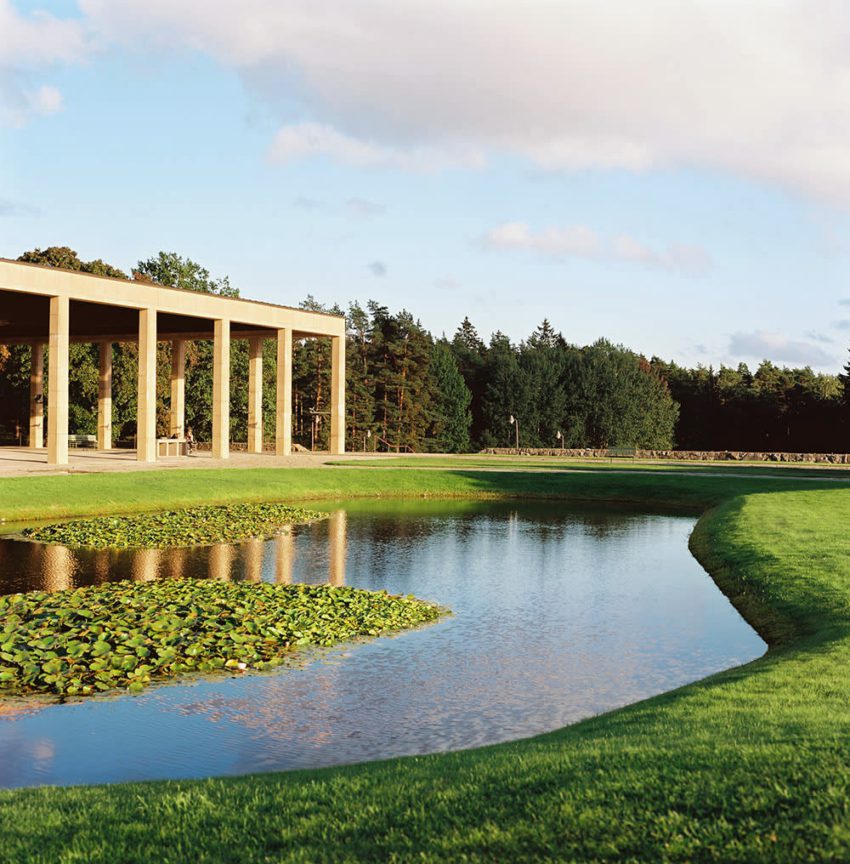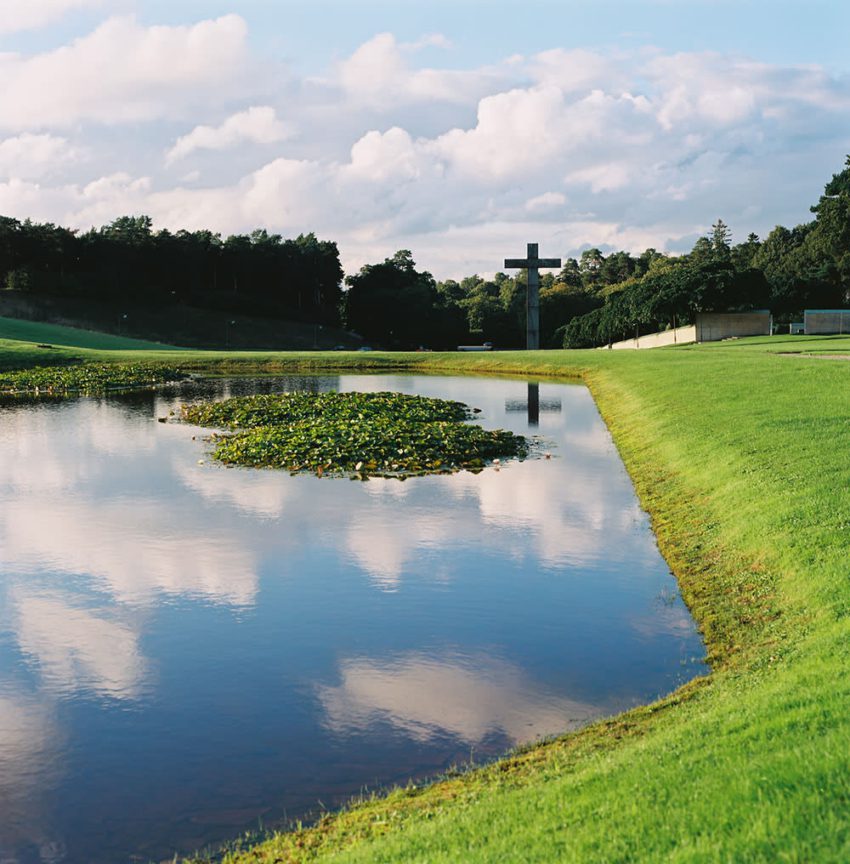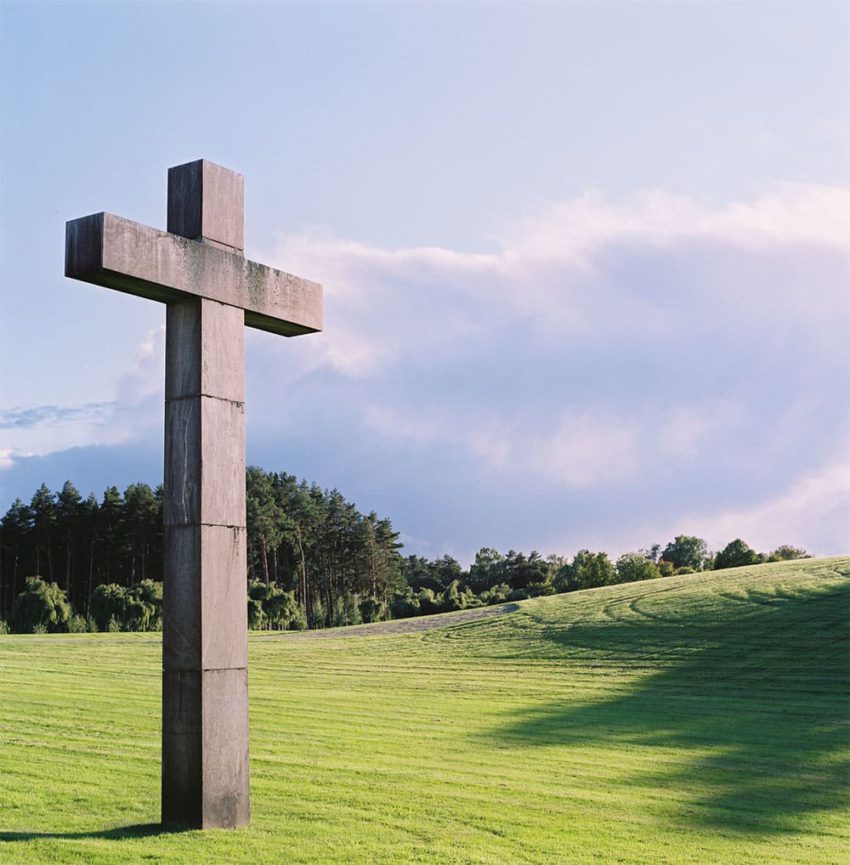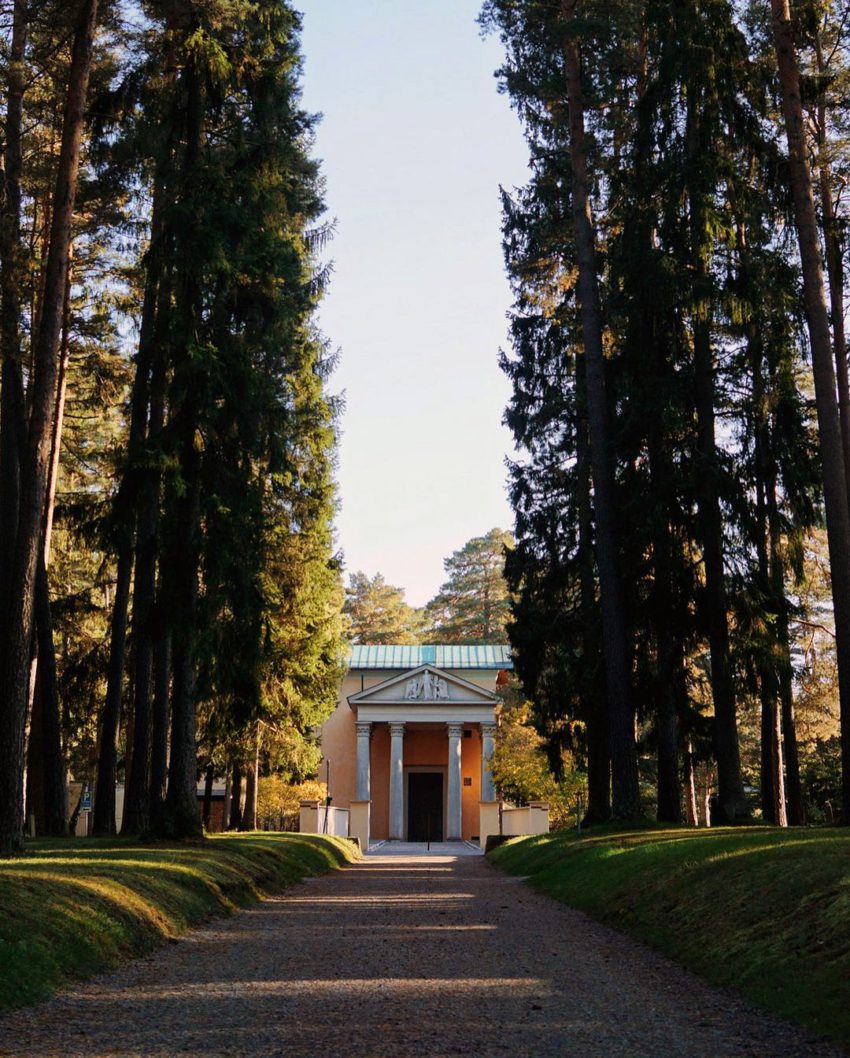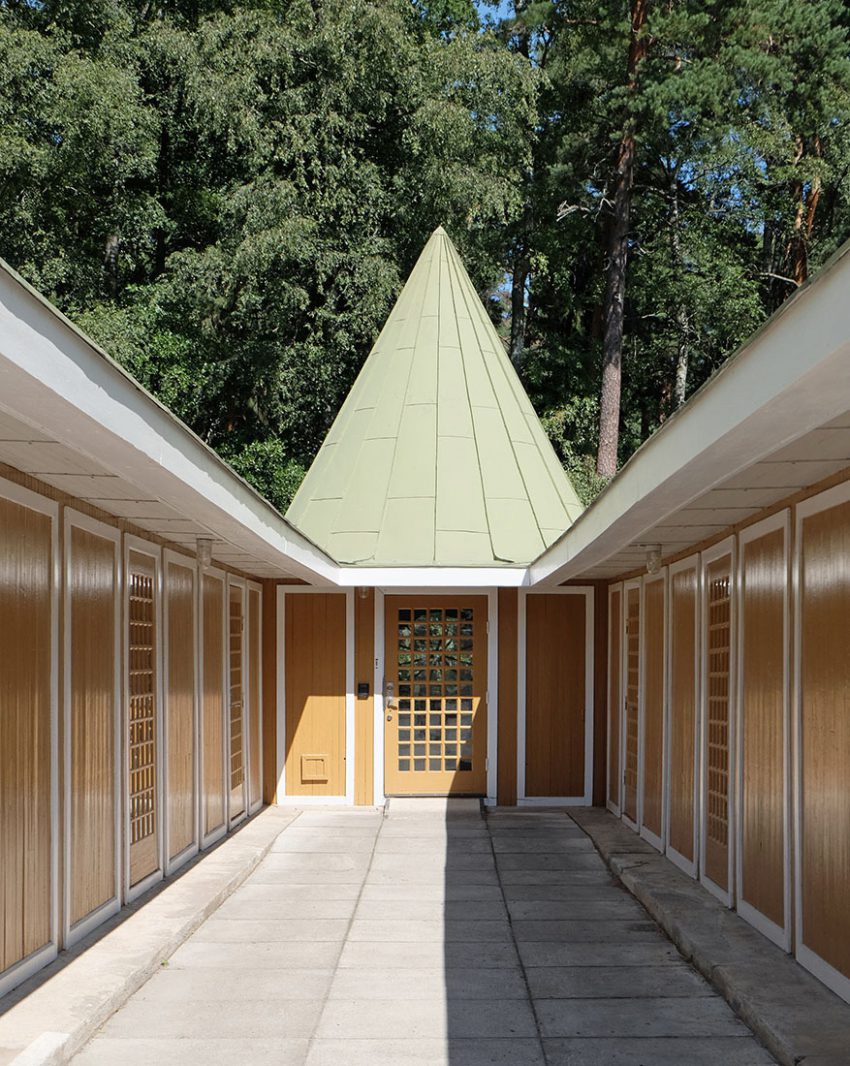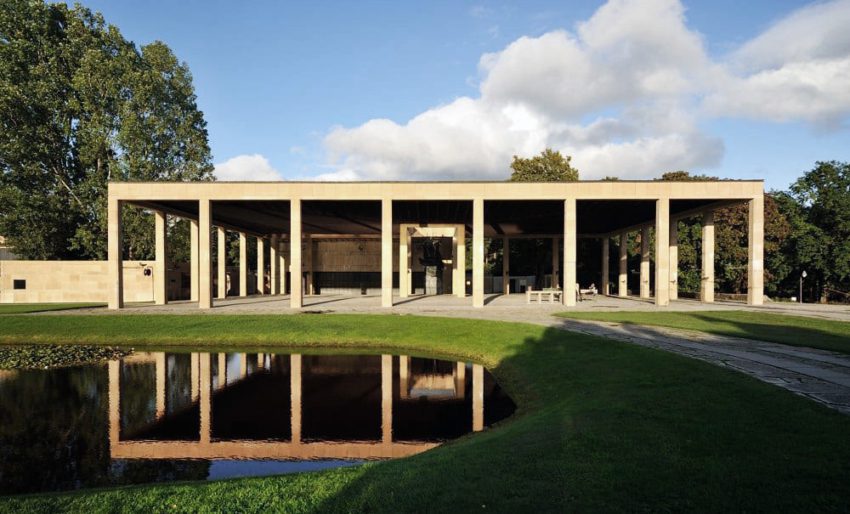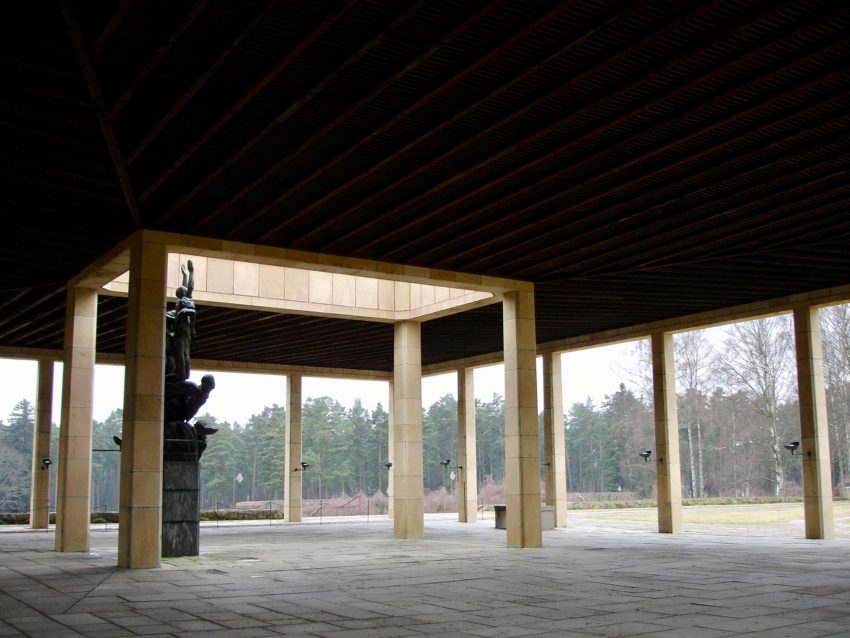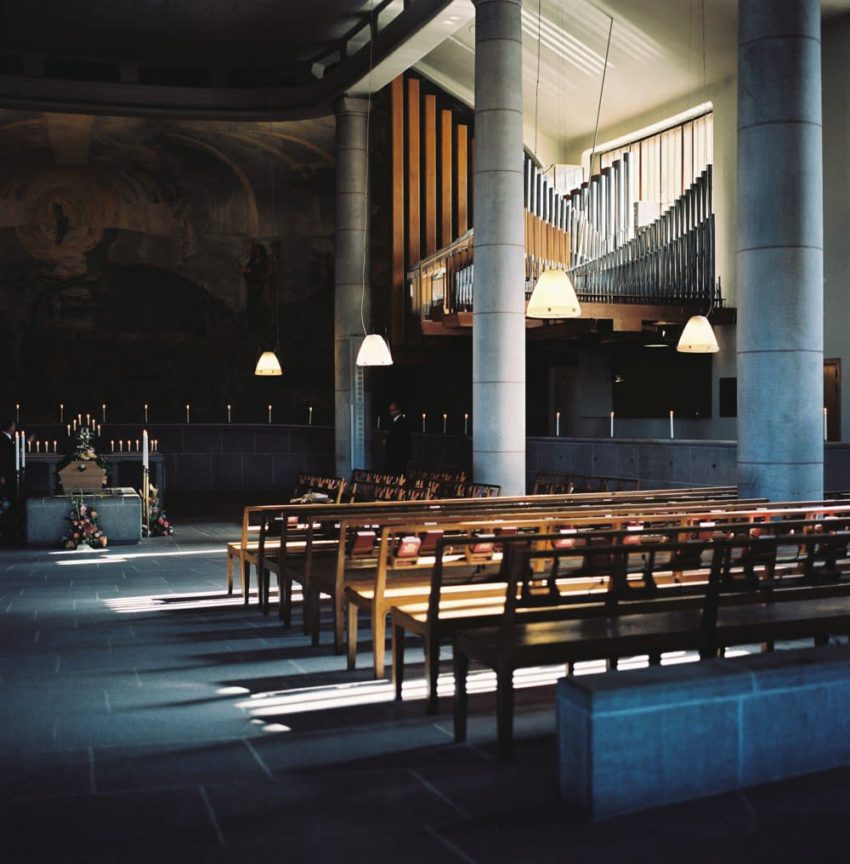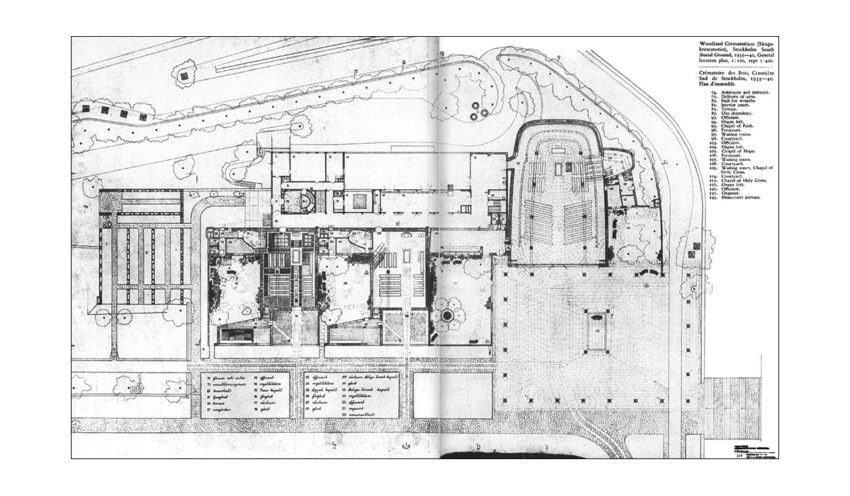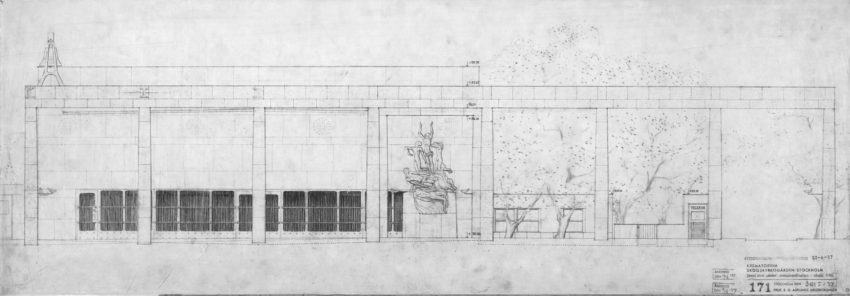The Woodland Cemetery, or Skogskyrkogården, in Stockholm, is a distinctive blend of architecture and nature, a result of the meticulous design by renowned architects Erik Gunnar Asplund and Sigurd Lewerentz. This cemetery, a product of their winning entry in an international competition in 1915, began construction in 1917 and was completed in phases over several years, with the first phase finished in 1920.
The cemetery’s design, harmoniously combining architectural structures with the surrounding landscape, was largely influenced by German forest cemeteries like Friedhof Ohlsdorf in Hamburg and Waldfriedhof in Munich, as well as the neoclassical paintings of Caspar David Friedrich. Notable features include a long route through the cemetery, splitting into two paths that lead through diverse landscapes and architectural elements before rejoining, a distinctive granite cross, and the Resurrection Chapel.
Woodland Cemetery Technical Information
- Architects: Sigurd Lewerentz & Erik Gunnar Asplund
- Location: Skogskyrkogården, Stockholm, Sweden
- Topics: Sacred Spaces, Cemetery, Unesco Heritage
- Project Year: 1918 – 1940
- Photographs: © Chen Hao, © Adam Smith, © Holger Ellgaard
When we come across a mound in the woods, six feet long and three feet wide, raised to a pyramidal form by means of a spade, we become serious and something within us says: someone lies buried here. This is architecture.
– Adolf Loos1
Forest Cemetery General Plan, Gunnar Asplund, 1940
Skogskyrkogården came about following an international competition in 1915 to design a new cemetery in Enskede in the southern part of Stockholm, Sweden. The entry called “Tallum” by the young architects Gunnar Asplund and Sigurd Lewerentz was selected. The commission would span their entire careers, reflecting stylistic developments and shifts over a twenty-five-year period.
Asplund and Lewerentz’s competitor entry for the Woodland Cemetery, which was chosen over fifty-five other entries, clearly stands cut in its intense romantic naturalism. The winning scheme was the only one that turned the existing, essentially untouched Nordic forest on the site into the dominant experience.
The commission would span their entire careers, reflecting stylistic developments and shifts over a twenty-five-year period.
The architects’ use of the natural landscape created an extraordinary tranquil beauty environment that had a profound influence on cemetery design throughout the world. The basis for the route through the cemetery is a long route leading from the ornamental colonnaded entrance that then splits, one way leading through a pastoral landscape, complete with a large pond and a tree-lined meditation hill, and the other up to a large detached granite cross and the abstract portico of the crematorium and the chapels of the Holy Cross, Faith, and Hope.
While civilized and well-groomed English parks mixed with allées on-axis, and informal and formal open areas were features typical of the other competitors, Asplund and Lewerentz evoked a much more primitive imagery. The intervention of footpaths, which meandered freely through the forest, was minimal. Graves were freely and informally to be laid among the existing wild forest.
The interventions they allowed themselves, such as the molding of the two old gravel pits and the ordering of the area surrounding the main chapel, became all the more charged because they existed hidden within and in contrast to the raw and untouched forest surrounding them. This contrast is well captured in their as yet romantic competition sketches.
Resurrection Chapel, Lewerentz, 1921-25; 1952
Designed by Lewerentz and completed in 1925, the Chapel of Resurrection has the look of a neoclassicist temple. Soon after the Woodland Chapel was inaugurated, it became clear that it was too small, so Sigurd Lewerentz was commissioned to design a larger stone chapel in the southern part of Skogskyrkogården.
Mounted on twelve columns, the portico leads visitors into the quiet chapel with its attractive mosaic floor and many fine details. The elegant single-window signifies the importance of the chapel as a link with heaven. The organ gallery is high up and hidden from view so that heavenly music can rain down on the mourners.
Woodland Chapel, Asplund, 1918-22
Their proposal for the chapel – “a synthesis of temple and hut,” according to the architectural historian Caroline Constant—was directly inspired by a vernacular cottage in Liselund, Denmark, which Asplund visited on his honeymoon in 1918. The chapel is set in a pine forest. A path leads through the wood to the entrance, where the dominant form is a steeply pitched shingle roof, a massive shape like a truncated pyramid supported by columns. The deep portico continues the darkness of the forest. Only when the doors to the chapel are open is the visitor presented with a light-filled interior.
Service Building, Asplund, 1922-24
The Service building (which now hosts the visitor center) was designed by Gunnar Asplund and has puzzled many people due to its unusual design. In contrast with most buildings of this category, the architect clearly succeeds avoiding banality.
The one-story wooden building is of an extraordinary, playful shape. It is made of four square pavilions with steeply pointed tent roofs clad in sheet metal. Another volume with a flat roof separates the four pavilions. The building is painted entirely in green with white window frames and a high chimney in red brick.
Woodland Crematorium, Asplund, 1935-40
Asplund devoted himself mainly to the buildings. The small Woodland Crematorium — built in 1935–40 — has been regarded as a central work in his oeuvre and the Nordic Classicism style of that period. The small chapel, set on a Tuscan peristyle and featuring a gold statue on the roof by Carl Milles, was, in fact, derived from a “primitive hut” that Asplund had happened to see in a garden at Liselund.
With its Faith, Hope, and Holy Cross Chapels, the crematorium was Asplund’s final work of architecture, designed in a rational modernist style typical for his later work, opened shortly before his death in 1940.
Woodland Cemetery in Stockholm Image Gallery

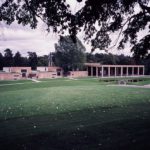


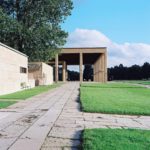
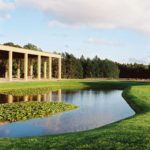
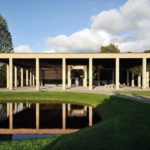
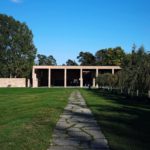

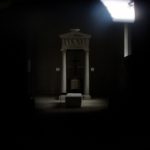
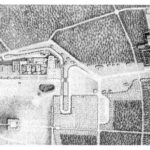
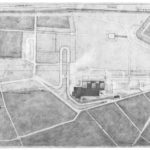

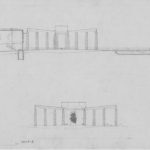
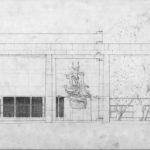
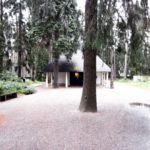

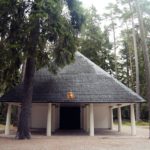

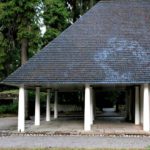


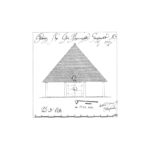
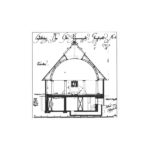
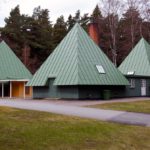
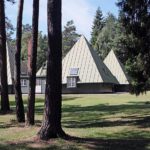
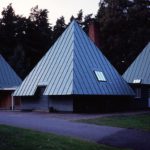
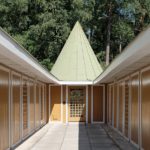
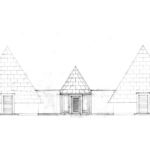
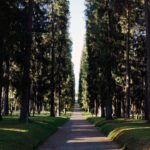
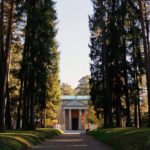
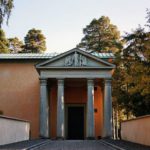
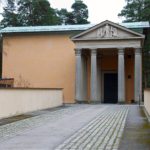
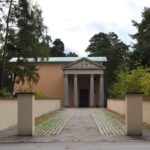

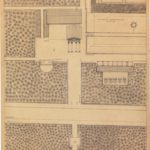
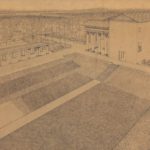

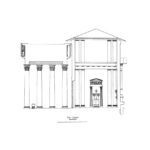


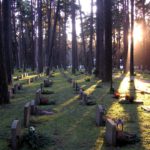
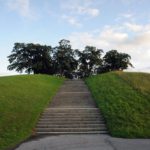
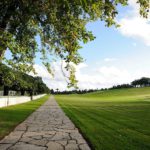

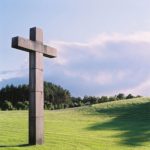
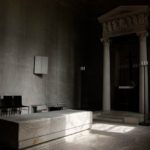
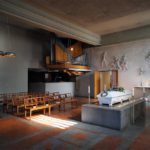

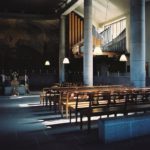
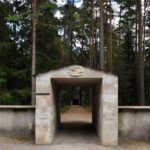


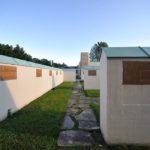
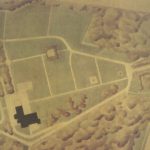
About Erik Gunnar Asplund
Asplund (1885—1940) is considered one of the great architects of the interwar period and also played a key role in the development of other Nordic countries. He was one of the leading proponents of 1920s neoclassicism and also one of the pioneers of functionalism. His buildings are often shaped around the experience of the interior and the building’s inner sanctums. This is particularly true of the Stockholm Public Library, where he developed distinctive space and light attributes.
Works from Erik Gunnar Asplund
About Sigurd Lewerentz
Sigurd Lewerentz (1885—1975) was involved in shaping the 20th century’s architecture early on but did not achieve the same immediate recognition that his colleague Gunnar Asplund enjoyed. His genius was really only recognized much later on, particularly in his churches Markus Church in Björkhagen and St Petri Church in Klippan, which brought him his own acclaim. To this day, he remains one of Sweden’s most celebrated architects abroad.
- Adolf Loos, from “Arkitektur” in Samtliche Schriften, Vienna 1962, 317

